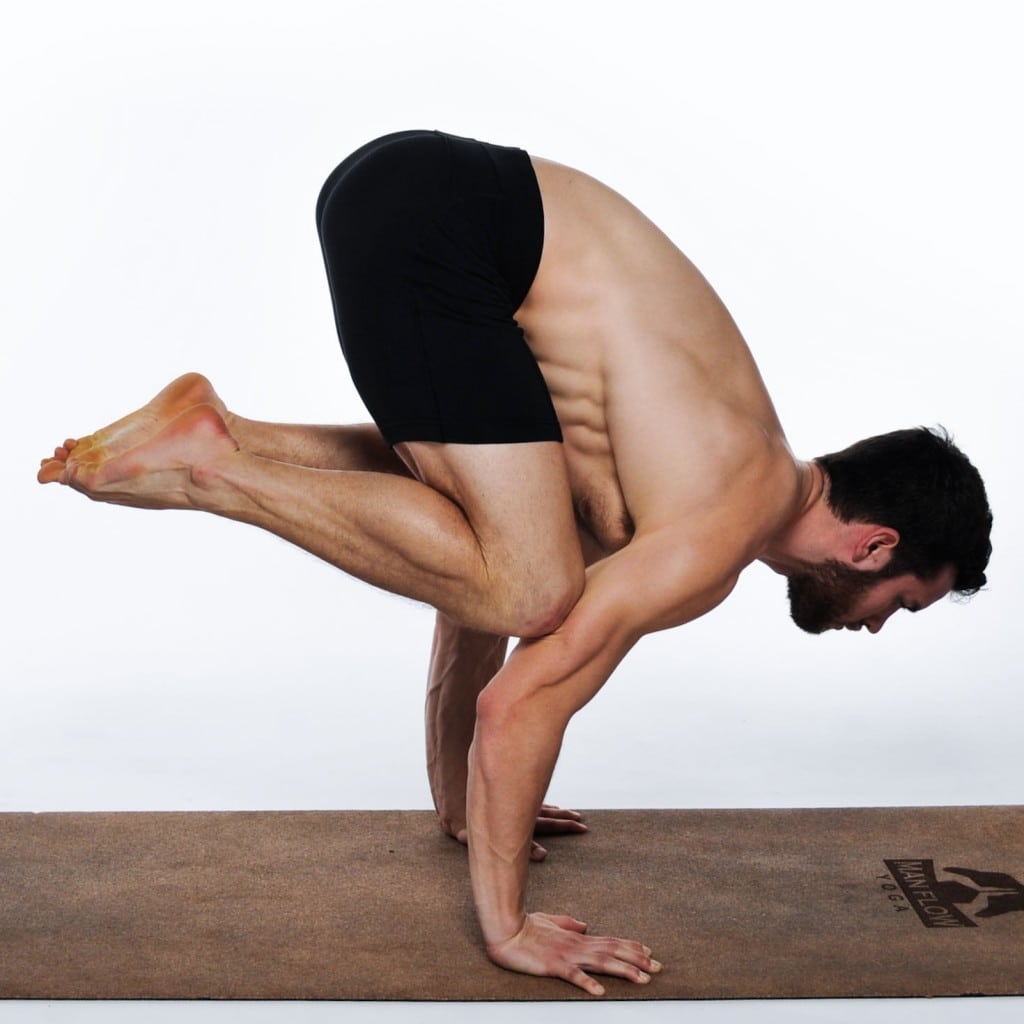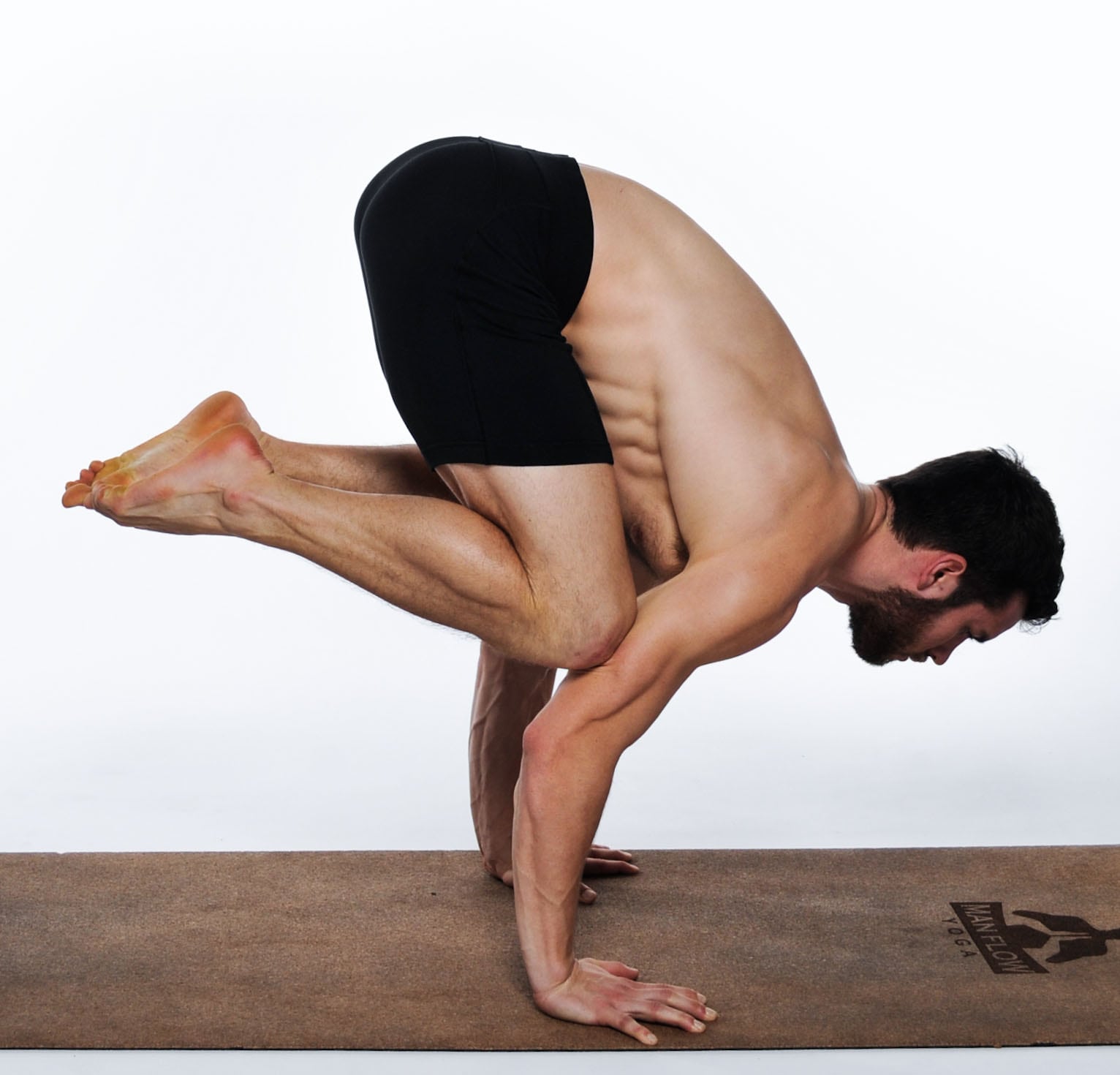If you’re still using the $10 yoga mat that you found at supermart, it’s time to upgrade. It was understandable when you first started and weren’t sure whether or not you would make yoga a consistent part of your fitness routine, but now that you’ve done it a few times and you know that you’re going to keep doing it, you should make the investment in yourself and acquire a premium yoga mat.
When I eventually made the transition from cheapo mat to premium, I realized just how much I had been missing. It was hard to justify the expense after just one Bikram yoga session (still the hardest single workout I’ve ever done in my life), but after making it a consistent part of my workout routine for a few months, the term ‘expense’ shifted into ‘investment’, and I decided to upgrade my mat.
Here are 3 basic qualities in a yoga mat that you should look for:
- Grounding / Support – Having a little bit of cushion is necessary, unless you like kneeling on the ground, but what’s more important than cushioning is support. Your mat should be firm enough to allow for balance, but soft enough to prevent discomfort when your body is lowered on to the mat.
- Grip – In my opinion, the grippier, the better. This is probably the most important aspect of your mat. If you can’t grip your mat, your down-dogs turn into hand slides, and any pose where you are required to spread your legs prompts restraint, because you don’t want to go too wide and accidentally slip into the splits. (No thank you.)
- Size – When I used a standard-sized yoga mat, my hands did not fit on the mat when I did a down-dog. My shoulders were too wide. Keep in mind that I am not even average height (at 5’10” with a 6’ presence, I’m slightly shorter than the average male), meaning that a standard-sized yoga mat is definitely not sized appropriately for most men!
Here are the differences I noticed between my cheapo mat and my premium mat:
- Grounding / Support – My premium mat was thicker, and more solid. It did not have as much “give” as a cheapo mat, meaning that I could push my fingers into it without my fingers sinking into the mat. I also had more cushioning, so that when I placed my knee or elbow down I didn’t feel as if I was placing my knee directly on the hard floor.
- Grip – WOW. If I went to a yoga studio and forgot to bring a yoga towel to place on my cheapo mat, I usually came pretty close to calling it quits for the day and simply going home. That’s how bad the grip was. With the premium mat, the towel was only needed for the sweatier workouts, and I was perfectly able to do yoga without a towel.
- Size – After doing yoga the first few times, you get used to your hands being off the mat for downdog. It doesn’t really bother you. But then when you get a mat that is wider and longer, that accommodates your larger body (because not everyone is a 5’4″ 120 pound women), you realize how awesome it is to have that extra space. It also makes you feel like a boss when you roll out a huge yoga mat, marking your territory for the duration of the class.
Here is what those differences meant for my workout:
- More flexibility – I was able to push my flexibility limits because I no longer feared slipping on the mat, and spread my legs wider than I had been doing before.
- More strength / endurance – I held the poses for a longer period of time because I felt more grounded. I did not feel my hands sink into the mat in a plank (which caused some serious discomfort in my wrists), and I did not wobble as much in balancing poses because the mat provided more support.
- More focus – I didn’t have to spend time adjusting my mat towel or repositioning my mat every time I stepped back into a down-dog or up into a standing pose. I was able to focus more on the workout at hand instead of worrying about my equipment.
In yoga, your mat is your most important piece of equipment. (To the guy saying that your body is the only thing you need to do yoga, please go try that out on a hard floor with no mat, and let me know how that goes.) In any other form of fitness, you need to purchase specific shoes, gym equipment, gloves, or other accessories that can cost you hundreds of dollars. My argument here is to apply that same standard to your mat. If you take care of your yoga mat, it will last for years or decades. Unlike some other equipment, it is easily transportable; light and compact, you can take it with you anywhere you go. Once you make the switch, you will realize the differences between a cheapo mat and an awesome mat, and most importantly, your body will start to feel and look that difference.
I’ve tried out a lot of yoga mats. I’ve been approached my yoga companies, and I’ve tried each of them out, being as critical as I can for each mat. From these tests (and my own personal investments), here’s the best one – by far.
(Note: If you are not yet ready to make the investment in yourself and upgrade your yoga workout, this mat are not for you.)
The Yoloha Yoga Mat
The Yoloha Yoga mat is THE BEST yoga mat that I have ever used. The top of the mat is made from 100% cork, which provides for an extremely reliable, no-slip surface. It is fantastic for balancing and standing postures, yet still provides adequate cushioning and support to prevent discomfort when kneeling or resting your body on the ground. A full 8” longer than average mats, this mat is definitely man-sized. They are also responsibly manufactured. Each one of these mats is constructed from 100% recyclable, eco-friendly materials that contain no PVC’s or harmful chemicals. Overall, this mat is perfect for an aggressive yoga practice, where the focus is on strength building and balance. I use this mat most often and highly recommend that you purchase one if you also do yoga to improve your physical fitness. I even have a deal set up with them that gives you a discount and puts a Man Flow Yoga imprint on the bottom corner of the mat. The 80” Yoloha Yoga mat (with Man Flow Yoga decal at no additional cost) retails at $139.99.
Click here to take a closer look at the Yoloha Yoga Mat.
Thanks for reading!


Thanks for the recommendation, I’m kind of Ichibod Crane, like, except clumsy and not as handsome. I’m also old and need room to fall over when I practice.
Clicked on Cozul link. No sale price shown.
You have to enter the coupon code for it to work.
HI, Dean,
Thanks for sharing some views on yoga mats . These things are the major points for the yoga mats & a trainer definitely know these things. Once again thanks for sharing & guide us.
I’ve been debating getting a cork mat, but I’m concerned about the width. These are 25″ wide – only 1 inch wider than a standard mat. I replaced my standard mat with a 36″ x 72″ mat to get a bit more space; I would probably be ok with a 30″ wide mat, but I’m not so sure about 25″. Did I miss a size option somewhere?
Karen – Unless you’re really really tall, I think a 36″ mat is unnecessarily large. Personally, I do enjoy the space, but I don’t really need it. 30″ is good. Yoloha is in the middle of a transition, I believe, which is why the 30″ is not listed. I’ll check with them and see what’s going on.
Thanks. I’m also looking at the Manduka Pro, which is 26″ wide. I checked with a tape measure, and 26″ is the minimum that I’d be comfortable with.
I decided to go with the Manduka Pro, as I think the care instructions are more compatible with my house. (If I clean a cork mat and leave it out to dry, it will get walked on.) I was able to pick one up at my local REI, so I got to use it last night. I wasn’t previously having any issues with size or grip with my old mat, but my fingers had been sinking into the mat. It didn’t take me long to realize that the new mat was well worth the investment.
Thanks for the recommendation – seeing a concise description of the difference between cheap and premium mats, particularly regarding the level of support, was what made me realize I might want to upgrade. (Most reviews seem to focus on how grippy the mat is.)